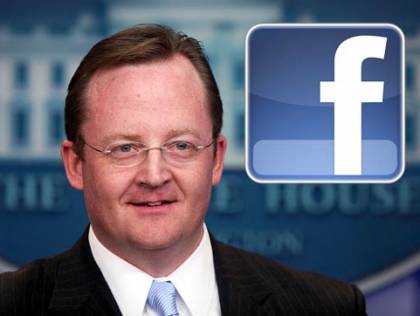“Content is a shitty business. You listicle-making sheep are following us off the cliff!”
– Jeff Jarvis, BuzzMachine
Despite Jarvis’ colorful warning to the crowd of PR professionals at the Council of PR Firms Critical Issues Forum, dubbed “Content Frenzy,” we PRs came to listen and learn at the feet of the media and content pundits. The forum’s subtitle, “Holy Grail or Spam-a-lot?” pretty well sums up the PR dilemma.
We’ve drunk the content Kool-Aid. No one doubts its potency, nor PR’s ownership claim, given our storytelling DNA and earned media chops. But literally every second brings a new flood of the stuff — tips lists, cat videos, white papers, parodies, infographics, you name it. We’re in a frenzy to make our content bigger and stronger, but with so much out there, how to go beyond the listicle? How can we make ourselves and our clients heard?
“Content Frenzy” brought together big names in media, platform technology, corporate communications, research and analysis. Make no mistake, the listicle has respect. In fact, when BuzzFeed’s Eric Harris recited stats about its astounding success with native ad content, the envy on the podium was palpable. Some of us didn’t realize that BuzzFeed now has more employees than Forbes – itself no slouch in going native.
The audience was made up of professional communicators, but the words “public relations” were rarely mentioned. Far from being a sign of PR’s marginalization, I think that fact signals that the lines between public relations and content marketing are truly blurred.
Here are some of my takeaways from the lively panel discussions.
It’s about the consumer, stupid.
“Messaging is dead,” says Jarvis. Of course we communicators spend enormous amounts of time on messaging, and we will continue to do so, but the point here is that our content should be driven by its consumers. What do they need? What solves problems? Makes them laugh? It’s about relevance and relationships. Above all, it’s about trust. And don’t even objectify them by calling them an “audience.” The new world of individualized content calls for a fresh mindset and even a different vocabulary.
Content is visual.
Rebecca Lieb of Altimeter Group, who’s created some excellent white papers on native advertising and other hot topics, noted that pure text content is “flatlining” while multimedia – videos, photos, images, are rising. Amy Webb of Webbmediagroup spoke about something called “anticipatory computing” delivered by an app called MindMeld that she believes will transform the very definition of content. I don’t understand it either, but it seems to build on Jarvis’ call for big data to get “smaller” in a more highly individualized path to the consumer’s screen.
Success must be earned.
One of the biggest laugh lines was in response to a client or advertiser asking, “How do we create a viral video?” The answer: “Shut up.” Meaning, there is no surefire formula, and certainly no commercial recipe for creating compulsively shareable content. The panel on humor, “Punked, Parodied, and Brandjacked,” with Funny or Die’s Chris Bruss and satirist Tony Hendra, was a fresh reminder of how risky – and how powerful – humor and entertainment can be in overcoming resistance and even changing perception. Rather than a data scientist, Chris Graves suggested we should all be hiring comedy writers. That’s no joke.
Content = commitment.
Someone pointed out that 2013’s shining example of real-time marketing, the Oreo’s “Dunk in the Dark” Twitter ad (yes, I’m sick of it, too) was actually the 101st piece of content created by Oreo’s content team. The point, I believe, is that it was less lightning in a bottle than a case of a brand that was well prepared for the opportunity due to its prior commitment to creating relevant content well and continuously.
Know your core competencies.
For PR professionals, content creation is natural. Lieb poetically calls it “the marketing of attraction” and gives us communicators points for understanding earned media and storytelling. But there’s a risk here for companies and particularly for agencies. Most seemed to agree with Text 100’s Aedhmar Hynes when she explained her firm’s decision to focus on what it does well, as opposed to hiring software developers or building tools that may be better rented, or obtained through vendors.
So, who’s doing it right?
News Corp’s Raju Narisetti repeatedly mentioned GE as an example of a corporation that gets it, citing its partnership with The Economist in a series of daily journalist-developed editorial pieces that has been called “a marriage of advertising and insight.” Other role models are Red Bull and Coca-Cola, both of whom are actually able to monetize their owned content.
But my biggest takeaway and favorite piece of advice – beyond the listicle sheep warning – was from Anthony Surratt of Time Warner Cable, who pointed out that we communicators have a tendency to overthink things. Maybe we should stop worrying about definitions, metrics and semantics and just focus on customer needs. Surratt was joined by Michael Brenner of SAP, whose advice was simple. Just try to help your customers, and the rest will follow.
For more practical tips on creating content for PR pros, we prepared this tipsheet.








